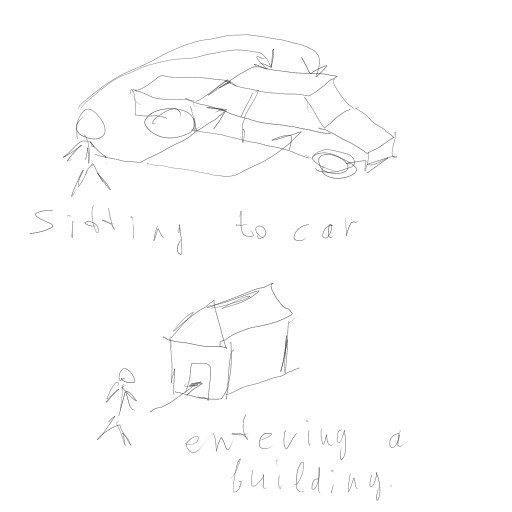Hi, all!
Passed through simple things like basic animation controllers and basic game mechanics,
I’m still struggling with some more advanced game concepts. I have implemented
behavior tree, and many things I need, but I have trouble with visual representation of some things.
But not with animation/graphics per se, as that is just matter of skill, but with understanding of structure.
I need the following game mechanics which is somewhat close to concept of “cut scene” but really not,
as these should be integrated into game visually. These are transitional states from/to various
aspects of game. I was taking some break to have things settled, but really I still have no basic idea how to do this nicely so it integrates with game.

The problem is that I quickly get
overwhelmed by amount of options and states required to
support the concept
. I need to disable character controller, get to “NPC mode” with simple BT,
select which door to walk to (how?), walk to the door, play realistic animation of openning the door (!)
enter the openning (disable physics, do all preparations), then (if car) sit properly to appropriate free seat(need check) then close door.
This whole thing is extremely stateful this way which is very incompatible with current AI concepts (BTs and Utility AI). Also it is very hard to sync door openning with character animation due to lack of tools. I really want to write tools appropriate for this task, but I still could not find definition of
appropriate
. Any ideas?
I’d like to see into some
architecture
of such complex
behaviors + animation logic
.
Currently I have characters simply teleported into cars and buildings. That is very not cool…
Also I wonder if integration of animation triggers with BTs might somehow make the problem easier to comprehend. My head is almost exploding with this. I tried to PoC this in UE4 and it was about 3 minutes to have working scene. I need to find proper workflow with Urho. Please!


